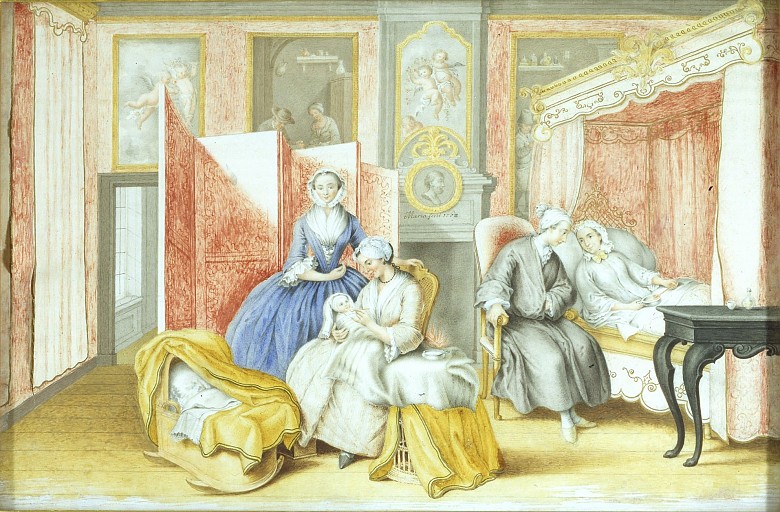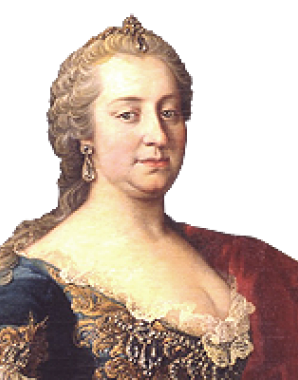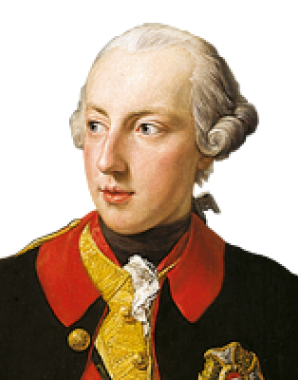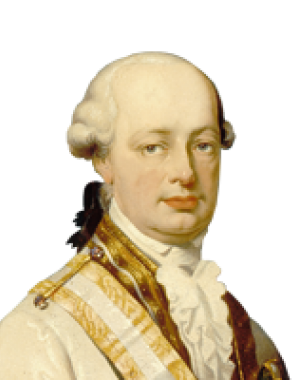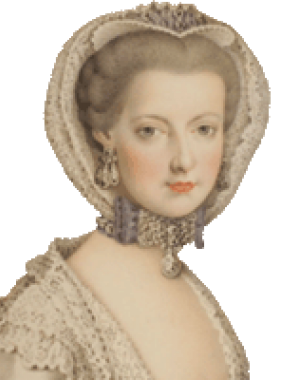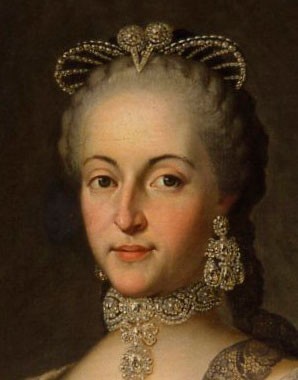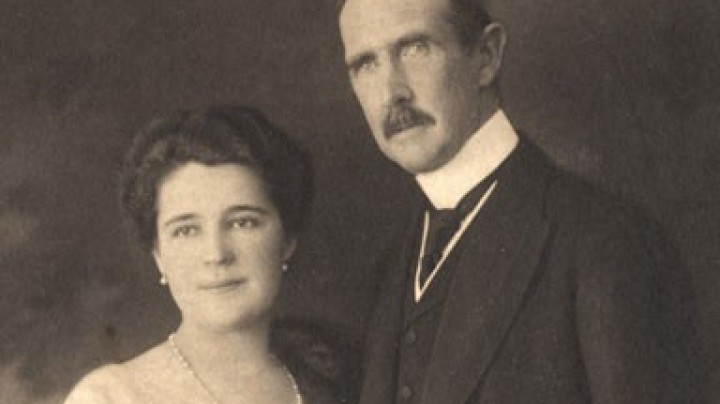The marriages of the ‘useful’ emperor
Joseph II’s popularity ratings have never been as high as his mother Maria Theresa’s, nor was his love-life as much of a fairy story as hers.
Isabella of Parma to her sister-in-law and supposed lover Marie ChristineGood morning, dear sister. As I have hardly opened my eyes, I am not able to give good answers to your questions. But I will say to you that I am well, that I have slept well, that I love you madly and that I hope to kiss you well, and also that I will be delighted to see you, to kiss you and to be kissed by you.
Joseph II after the death of his first wife Isabella of ParmaI have lost everything ... Profoundly distressed and laid low, I hardly know if I am still living or not. What a terrible separation – shall I ever survive it? Yes, of course, but only to remain unhappy all the rest of my life.
Joseph II is on the one hand regarded as a well-intentioned monarch ever mindful of the ‘utility’ of his measures, and on the other hand as an obstinate, cynical and even tragic figure. The tragedy of his love-life consisted principally in his affection for his first wife, Isabella of Parma, who died only three years after their marriage in 1760. To all appearances it was an ideal partnership. However, although Joseph was enthusiastic about the wife his mother had chosen for him, his enthusiasm seems not to have been shared by Isabella, who refused to submit to the constraints of court ceremonial and was far from happy in the role of empress consort, on account of which she is sometimes compared with the famous Empress Elisabeth. The beauty of Joseph and Isabella’s love-story was spoiled by another cloud: there are indications that Isabella had a lesbian relationship with her sister-in-law Marie Christine, whom she called her ‘dearest treasure, most worthy of treasuring’. Furthermore, Isabella failed to fulfil her intended role of producing a future emperor – in addition to having two miscarriages, both of the daughters she brought into the world died in childhood. A few days after her last confinement, she herself died of smallpox at a mere twenty-two years of age.
Likewise of short duration but far less romantic was Joseph’s second and last marriage, which was engineered by Maria Theresa shortly after Isabella’s death. Joseph is recorded as having considered Maria Josepha of Bavaria ‘repulsively ugly’, while other commentators describe her as being ‘of scant beauty’. When we look at Josepha’s portrait, it is not entirely easy for us to understand these descriptions – reflecting perhaps not so much differences in taste as the discrepancy between the actual appearance of historical personages and the way in which they were depicted in official paintings.
Joseph showed little commitment to his second marriage. He treated his wife like an outcast and is even said to have had the communicating door between their two apartments locked. He preferred to seek pleasure in extramarital affairs and with prostitutes, confirming Leopold II’s comment that his brother felt attracted to ‘low and dirty women’. When Josepha died in 1767, of smallpox like Isabella, Joseph did not even put in an appearance at her funeral.
As neither of Emperor Joseph’s marriages resulted in an heir to the throne, this function was left to his brother Leopold to fulfil. As for Joseph, he did not marry again, but devoted the following years entirely to the business of ruling.
